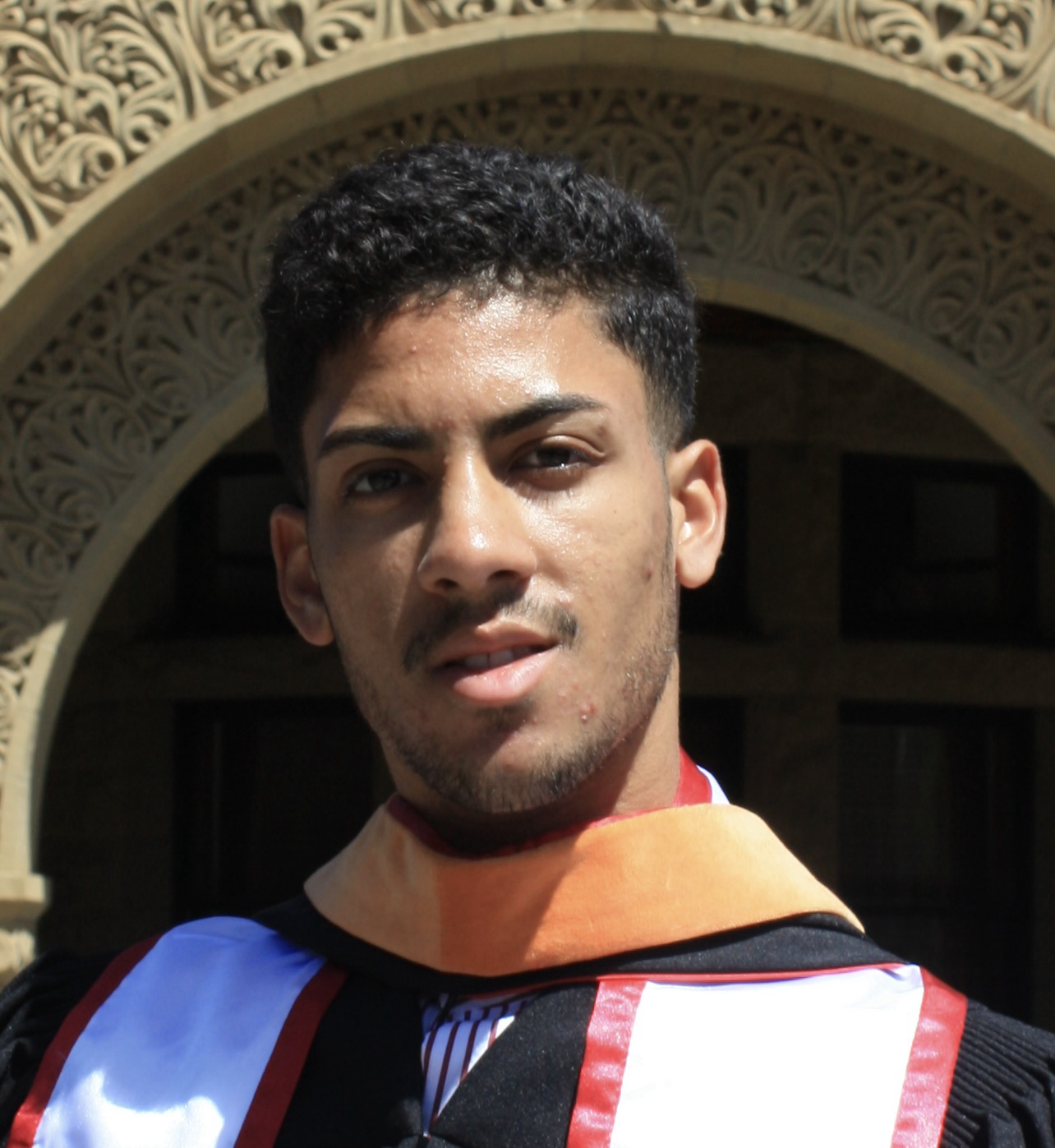- Developed an end-to-end pipeline for training, evaluating, testing, and deploying deep learning models.
- Improved inference and memory efficiency across 165K+ patch embeddings representing immune cell behavior.
- Distributed training across a GPU cluster, managing job scheduling, resource allocation, and cluster configuration.
